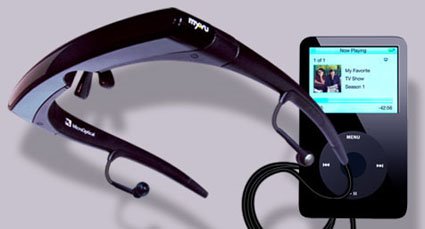We need to address closely how people prefer/like to interact with the real world and each other. This could be in a verbal or gestured manner guess it depends on how the individual wants to communicate. If we understand how to combine interfaces and applications which support people and their way of life we will be beneifiting them much more not just becoming another problem in their way.
Here are some key issues that need to be addressed before this technology can become widely availiable:-
- User interfaces and wearability are still open problems, even 10 years research. Testing and prototyping need to be tigther and more thorough to achieve the expected results.
- The testing of wearable computing needs to be done under realistic conditions. Therefore by conducting tests in this way we are not only solving problems but doing so in a theoretical and practical manner.
- Wearable computing isn't just about exploring the capabilities of the devices we are able wear but also about breaking through new barriers of technology to make them useful to us in a way never imagined or done before.
A large majority of wearable computing availiable today has some sort of text input device such as wrist-worn keyboards that have adopted the minimization method of reducing keys. This reduction has caused many problems such as KSPC (Keystrokes per Character), decreases text entry performance, and requires additional effort to learn a new typing method. Due to the keyboard being much smaller users will struggle alot more to type messages in and also be prone to more errors.

We are faced with wearability and usability in designing a good wearable keyboard to accompany our wearable computing devises. A japanses company has taken this upon themselves to try to address this problem and they have come out with a new keyboard minimization method of reducing key pitch and have developed the "One-key Keyboard".
The traditional desktop keyboard has one key per character, but One-key Keyboard has only one key (70mmX35mm) on which a 10*5 QWERTY key array is printed. One-key Keyboard detects the position of the fingertip at the time of the keying event and figures out the character entered. Although there is a wide variety of wearable computing devices becoming availiable they will not all be successful as anticipated if they are not tested for useability and HCI principles but we can see that improvements are going to great lengths to make products work. This is the just the beginning for wearable computing this will be a future evolving technology that will make a difference to the way we see, hear and learn new things.

1 comment:
Thanks for the nice blog. It was very useful for me. Keep sharing such ideas in the future as well. This was actually what I was looking for, and I am glad to came here! Thanks for sharing the such information with us.
Socialkik
Post a Comment